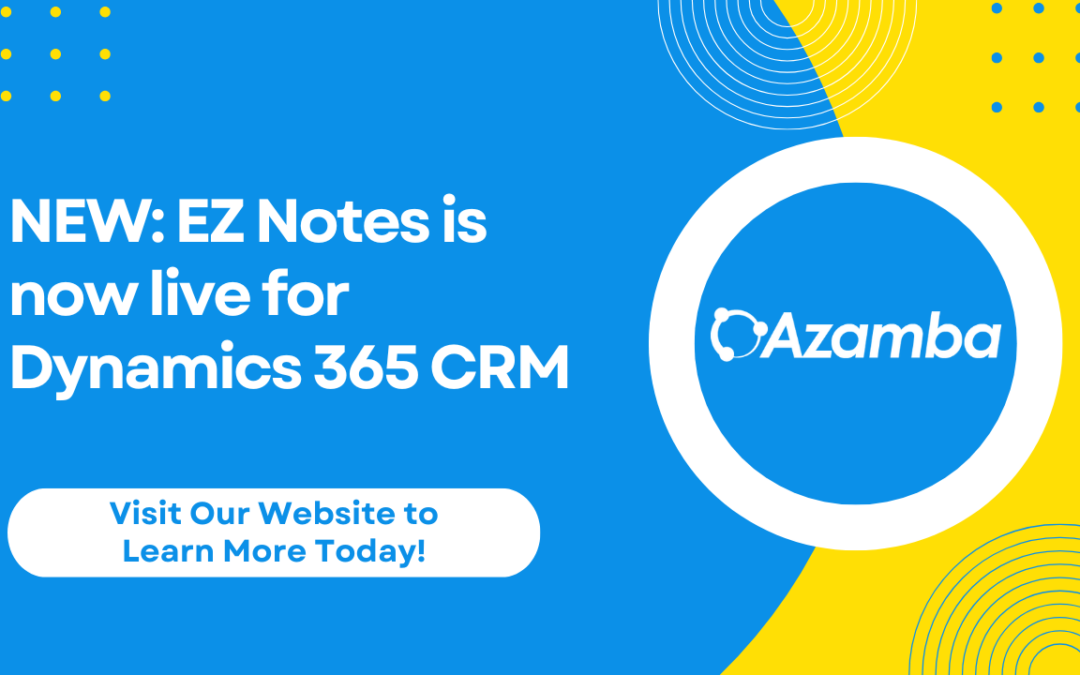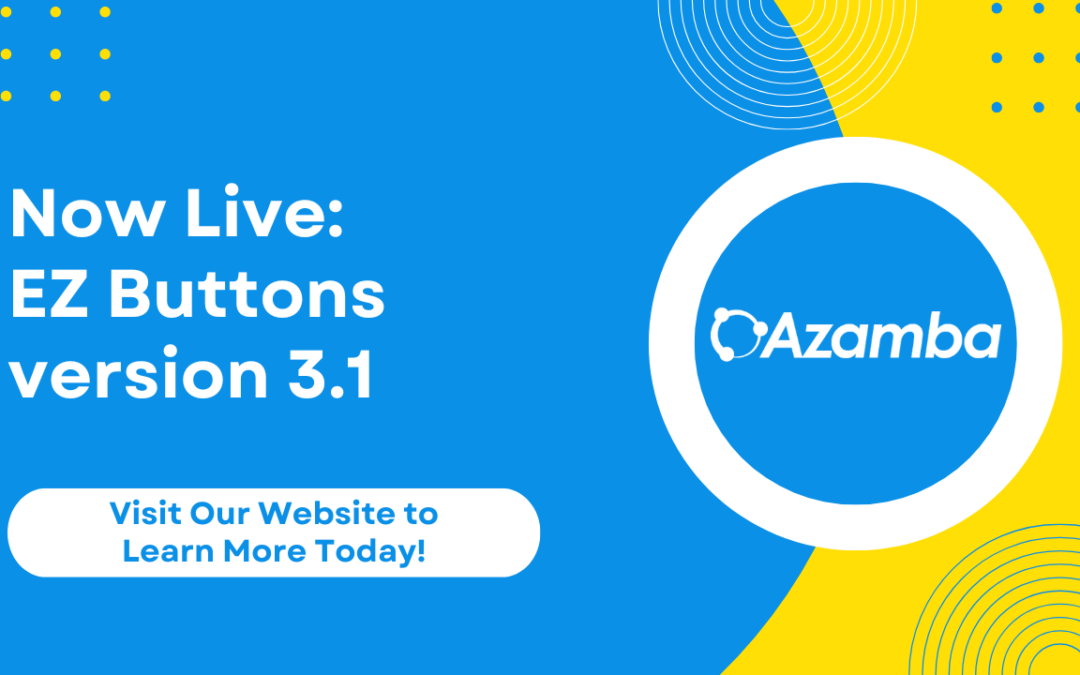The 5 Fundamental Sales KPIs Every Sales Manager Needs to Track
The 5 Fundamental Sales KPIs Every Sales Manager Needs to Track
Ensure high-value sales insights right from the start
Today in Better Business Management, I’m going to offer you a beginner’s guide to the 5 fundamental sales KPIs you should absolutely be tracking as a sales manager.
“
Going from the gut isn’t going to cut it anymore.
”
As a sales manager, a big part of your job is to identify, track, and understand key performance indicators, or KPIs.
Tracking KPIs ensures you always know whether and to what extent your team is achieving important business goals, and puts you in the best position to adjust based on what’s working and what isn’t.
Going from the gut just isn’t going to cut it anymore. Most well-run organizations use key performance indicators across various levels and departments to get as complete a picture as possible of where your organization is already succeeding, and where improvements can or must be made.
Thus, some KPIs might focus on high-level concerns like the overall performance of the business, whereas others might focus on specific processes, departments, or even employees.
Where do you start?
If you don’t already have a lot of good data and process in place, the answer is actually pretty simple: we recommend you start off as simply as you can while still delivering value. As tempting as it may be to track and report on everything you can think of right from the get go, trying to do too much can overload you and your team and create more problems than it solves.
And what happens if you start tracking a bunch of dead-end data? That could result in a whole lot of wasted time and effort!
“
Trying to do too much can overload you and your team and create more problems than it solves
”
So instead, we recommend starting with 5 core sales metrics, and building from there. These 5 core KPIs will help you identify common bottlenecks in your sales process, enabling you and your team to focus your efforts where they will be most beneficial.
Plus, you can always build on the basics later to create more granular or insightful analysis as you hone your process.
Remember: as long as you establish good, long-term data collection, storage, and consistency practices, that data isn’t going anywhere. For this reason among others, we strongly recommend using CRM if you aren’t already.
1. Quantity
How many opportunities are in your sales pipeline? Digging a little deeper, how many of those opportunities are at each stage? Are there enough opportunities in your pipeline, or do you need to step up or adjust your marketing efforts? Are opportunities stalling at particular stages?
You need to know the answers to these questions, especially if your company isn’t hitting its sales goals or has set more aggressive goals. After all, the answer may be as simple as not having enough opportunities to win sales.
If your quantity is high but those opportunities are just sitting there, where are they stalling out? Quantifying your opportunities can help you identify bottlenecks in your pipeline.
Once you’ve done that, you can begin the work of identifying the issues causing those bottlenecks. Are you having difficulty identifying who is likely to buy, or tracking your interactions, or following up effectively? If so, you’re going to have difficulty converting those opportunities until you can resolve those issues.
2. Size
Knowing how many opportunities you have is important, but how much revenue are they likely to generate? In other words, how large is each opportunity? What is the average opportunity size? What is the average qualified opportunity size? Size matters when it comes to sales.
Size is another great way to prioritize your efforts. After all, if you have a $15,000 sale and a $150,000 sale at roughly the same point in your pipeline, you’re probably spending more resources on the $150,000 sale. And you should be.
Size is also a good way to evaluate your lead funnel. If you’re getting too many small opportunities and not enough big ones, you may need to adjust some combination of your marketing efforts, pricing scheme, and product or service offerings.
3. Velocity
How quickly do opportunities progress through each stage of your pipeline? Do they tend to stall at some stages or move more quickly through others? Velocity is important for prioritizing opportunities, evaluating efficiency, and enabling accurate forecasting.
If you have an opportunity that is taking far longer to close than most, odds are good that it’s not worth nearly as much of your time as one that is moving along on schedule.
Similarly, velocity can pair with quantity and size to offer a pretty fair idea of your expected revenue, which helps when planning both sales and marketing efforts for a given evaluation period.
Velocity can also help you spot patterns if your opportunity progression tends to slow or stall at certain points. If those patterns emerge, you can focus efforts on identifying and fixing any snags or inefficiencies in your pipeline.
4. Quality
Which (and how many) opportunities offer enough value to offset the time and money that would need to be invested in that opportunity? Quality combines quantity, size, and velocity to ask a simple but important question: is the juice worth the squeeze?
Wins matter, but quality wins are the lifeblood of any successful sales operation. If the resources needed to score a sale erase too much of the profit from that sale, you’re probably better off putting it on autopilot and focusing efforts on higher-quality opportunities.
Understanding your opportunity quality enables you to maximize your profitability. You are far less likely to overcommit to low-quality opportunities, especially sizeable opportunities that may initially look lucrative.
5. Close Rate
What percentage of active opportunities close each evaluation/bonus period? Higher close rates are obviously better, but it’s important to evaluate close rate alongside other metrics as well. A high close rate on too few opportunities may not be good enough. The same goes for too many small opportunities, too many low-quality opportunities, or too many low-velocity opportunities.
You can also break your close rate down by size, stage, and velocity to get a better feel for what factors increase or decrease your close rates. Once you have this information, you can adjust your sales process to improve, fix, mitigate, or maximize.
For example, if stalling for more than X amount of time during qualification is the kiss of death for your close rate, then you have a few options: adjust your process to eliminate the stall, adjust your process to mitigate the effects of the stall, or stop throwing resources at opportunities that sit at that stage for too long.
Similarly, if your close rate is much higher on opportunities of a certain size, your next move is likely to break down those numbers and understand why. If you can discover some secret sauce, you may be able to apply it to other opportunities. At the very least, you’ll be in a better position to understand your market, build forecasts, and allocate resources.
Moving beyond the basics
Longer term, you’ll likely want to track other metrics, especially as you get more sophisticated with your data collection and analysis. But Quantity, Size, Velocity, Quality, and Close Rate are the 5 fundamental sales metrics you should be tracking from Day 1.
The best part is, because these 5 KPIs are so fundamental, you will always have a use for them. They will be the building blocks for much of your analysis, even as your analytics become more and more specialized.
But probably the best way to build on these basic KPIs is to invest in a CRM system. A quality CRM will allow you to more easily track many different metrics at different levels of detail, and view and report on those metrics easily and effectively.
Plus, if your CRM is well-implemented, much of that data collection and analysis can be streamlined and sometimes even automated. And you can customize the right system to track pretty much anything you need to know about your customers and prospects.
Want to learn more about tracking sales KPIs in CRM?
To learn more about tracking sales KPIs or how CRM can help you better manage your sales metrics, contact us today for a FREE sales KPI consultation!
Our highly-experience team of consultants will offer you insights into where and how you can use CRM to create high-value, low-maintenance insights that will help you boost your team’s performance and your organization’s profitability!
Azamba Launches EZ Notes: A Smarter, Simpler Way to Take and Manage Notes in Dynamics 365 CRM
Chicago, IL – [March 19th, 2025] - Are messy, disorganized notes wasting your team’s time and leaving critical details lost in the shuffle? Do you spend more time searching for information than acting on it? EZ Notes is here to end the frustration and take the chaos...
Powerful New Updates to Accelerate Sales for Microsoft Dynamics 365 CRM Users
Chicago, IL – [March 5th, 2025] – Azamba is excited to announce the release of EZ Buttons 3.1. This powerful CRM Add-On for Microsoft Dynamics 365 simplifies tasks and makes CRM a breeze to use. With this CRM Add-On, you will work faster and smarter with less...
Azamba releases EZ Buttons 3.0!
Chicago, IL – [November 20th] - We are thrilled to bring you EZ Buttons 3.0, a game-changing update packed with powerful tools to streamline your sales process and help you get more done, faster. With EZ Buttons, turn time-consuming, multi-step tasks into quick,...
Microsoft Dynamics 365 Business Central + CRM Integration Demo | Dynamics Deep Dive Series
Stay Connected Without Switching Systems If your team is jumping between tools just to get a full picture of a customer or transaction, you’re losing time. You might even be missing opportunities. The integration between Microsoft Dynamics 365 and Business Central...
How to Track Your Goals and Metrics in Microsoft Dynamics 365 CRM | Dynamics Deep Dive Series
Set and Track Your Goals, All From CRM Goal tracking shouldn’t require extra work. If your team is still updating spreadsheets or switching between apps just to see where they stand, it’s time for something better. With Dynamics 365, you can monitor performance,...
Why MSP’s Should Add CRM to Their Solution Portfolios
We’re entering a new era in CRM All the old reasons for customers buying CRM are still valid but the advent of AI is making the case for renewed interest in CRM. To modify an adage, “If it’s interesting to my customers, then it is fascinating to me!”. AI is...
Boost Your MSP Earnings with Strategic Partnerships
Time is money, we’ve been told since childhood The idea is that people should focus their attention on the things that bring value to them and avoid the things that don’t. Since time is a precious resource, it makes sense to try and maximize its utility as it’s the...
CRM Launch in 5 Weeks – Get Results Fast!
New to CRM? Get it Right from Day One CRM is no longer a luxury. It’s an essential tool for businesses that want to stay competitive, responsive, and move fast. But for a lot of businesses, CRM quickly turns into a nightmare. Imagine this: You spend thousands of...
How Most CRM Projects Fail & Yours Won’t | CRM Strategy
Stop The Risk of Failure Before It Starts Did you know that, according to a Gartner study, between up to 70% of CRM implementations fail? If you're a small or medium-sized business, this can seriously impact your budget, and you could lose out on profitable...
Do This to Avoid Wasting Time and Money With Your CRM
CRM Strategy: The Key to Avoiding a Costly Mistake CRM can either be a game-changing investment for your business or a massive waste of time and money. The difference depends entirely on your approach. Like many businesses, you want to boost sales, increase customer...
David Marincic is Partner Experience Manager at Azamba. He also manages and edits Azamba publications and social media channels.
David believes in the importance of good planning, sound practice, effective communication, and continued education in order to get the most from any technology solution.
Related articles:

Azamba Launches EZ Notes: A Smarter, Simpler Way to Take and Manage Notes in Dynamics 365 CRM
Chicago, IL – [March 19th, 2025] - Are messy, disorganized notes wasting your team’s time and leaving critical details lost in the shuffle? Do you spend more time searching for information than acting on it? EZ Notes is here to end the frustration and take the chaos...

Azamba Launches EZ Notes: A Smarter, Simpler Way to Take and Manage Notes in Dynamics 365 CRM
Chicago, IL – [March 19th, 2025] - Are messy, disorganized notes wasting your team’s time and leaving critical details lost in the shuffle? Do you spend more time searching for information than acting on it? EZ Notes is here to end the frustration and take the chaos...

Powerful New Updates to Accelerate Sales for Microsoft Dynamics 365 CRM Users
Chicago, IL – [March 5th, 2025] – Azamba is excited to announce the release of EZ Buttons 3.1. This powerful CRM Add-On for Microsoft Dynamics 365 simplifies tasks and makes CRM a breeze to use. With this CRM Add-On, you will work faster and smarter with less...

Azamba Launches EZ Notes: A Smarter, Simpler Way to Take and Manage Notes in Dynamics 365 CRM
Chicago, IL – [March 19th, 2025] - Are messy, disorganized notes wasting your team’s time and leaving critical details lost in the shuffle? Do you spend more time searching for information than acting on it? EZ Notes is here to end the frustration and take the chaos...

